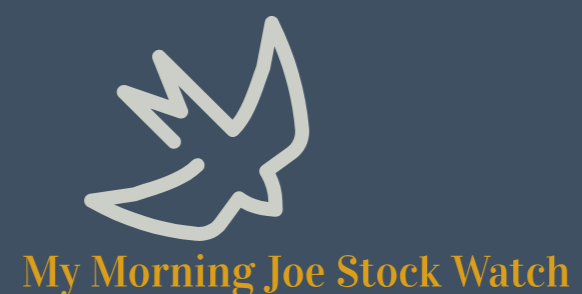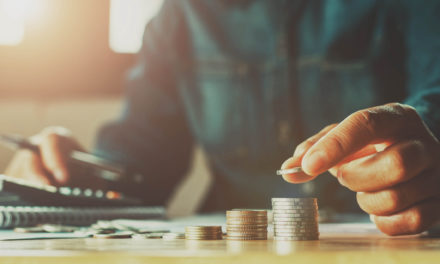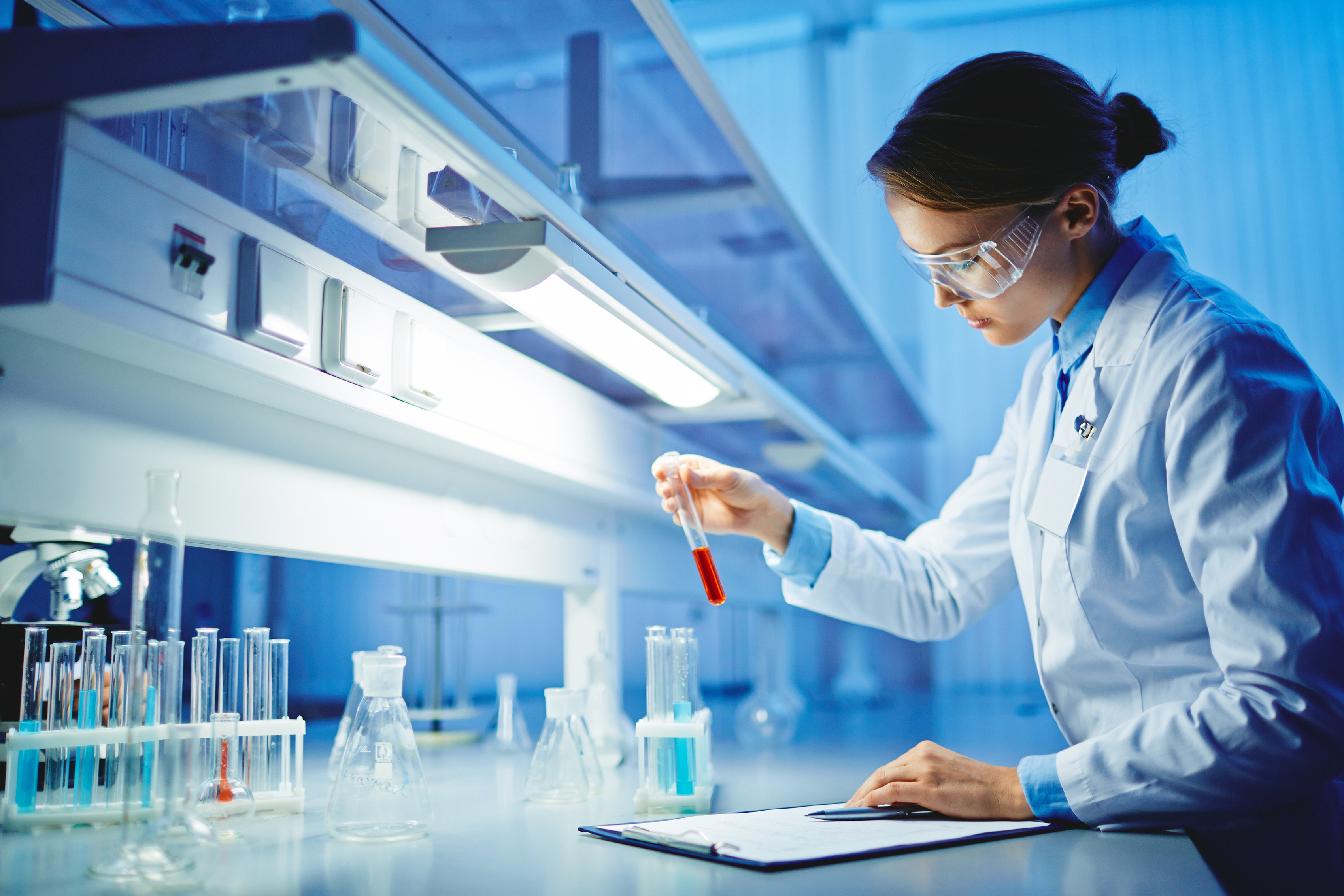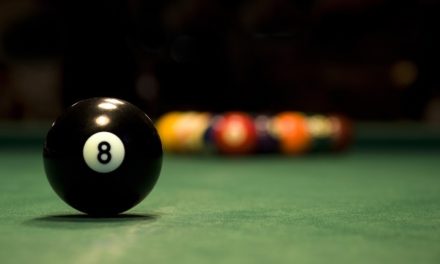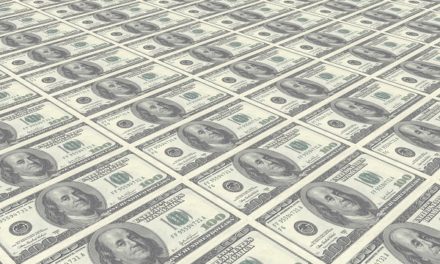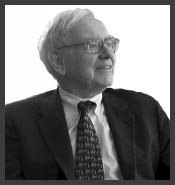
“I buy on the assumption that they could close the market the next day and not reopen it for five years.”
— Warren Buffett
The Warren Buffett investment philosophy calls for a long-term investment horizon, where a five year holding period, or even longer, would fit right into the strategy. How would such a strategy have worked out for an investment into Keurig Dr Pepper Inc (NASD: KDP)? Today, we examine the outcome of a five year investment into the stock back in 2020.
| Start date: | 01/03/2020 |
|
|||
| End date: | 01/02/2025 | ||||
| Start price/share: | $28.81 | ||||
| End price/share: | $31.76 | ||||
| Starting shares: | 347.10 | ||||
| Ending shares: | 386.81 | ||||
| Dividends reinvested/share: | $3.58 | ||||
| Total return: | 22.85% | ||||
| Average annual return: | 4.20% | ||||
| Starting investment: | $10,000.00 | ||||
| Ending investment: | $12,285.35 | ||||
The above analysis shows the five year investment result worked out as follows, with an annualized rate of return of 4.20%. This would have turned a $10K investment made 5 years ago into $12,285.35 today (as of 01/02/2025). On a total return basis, that’s a result of 22.85% (something to think about: how might KDP shares perform over the next 5 years?). [These numbers were computed with the Dividend Channel DRIP Returns Calculator.]
Notice that Keurig Dr Pepper Inc paid investors a total of $3.58/share in dividends over the 5 holding period, marking a second component of the total return beyond share price change alone. Much like watering a tree, reinvesting dividends can help an investment to grow over time — for the above calculations we assume dividend reinvestment (and for this exercise the closing price on ex-date is used for the reinvestment of a given dividend).
Based upon the most recent annualized dividend rate of .92/share, we calculate that KDP has a current yield of approximately 2.90%. Another interesting datapoint we can examine is ‘yield on cost’ — in other words, we can express the current annualized dividend of .92 against the original $28.81/share purchase price. This works out to a yield on cost of 10.07%.
Another great investment quote to think about:
“I think you have to learn that there’s a company behind every stock, and that there’s only one real reason why stocks go up. Companies go from doing poorly to doing well or small companies grow to large companies.” — Peter Lynch
